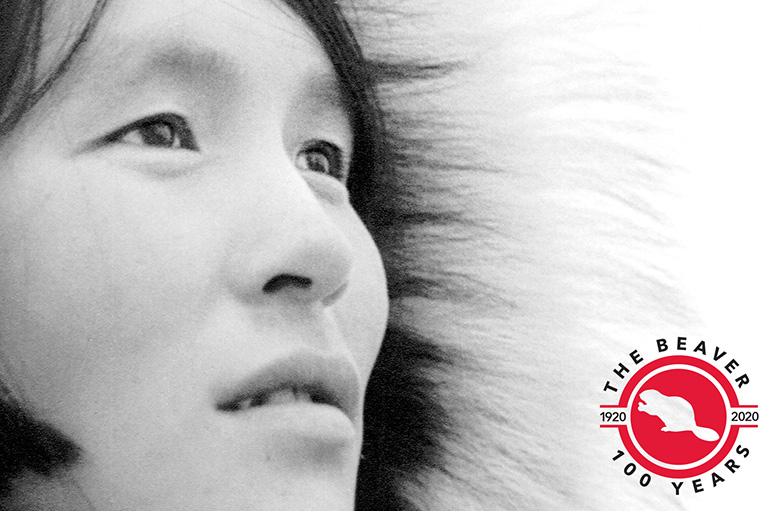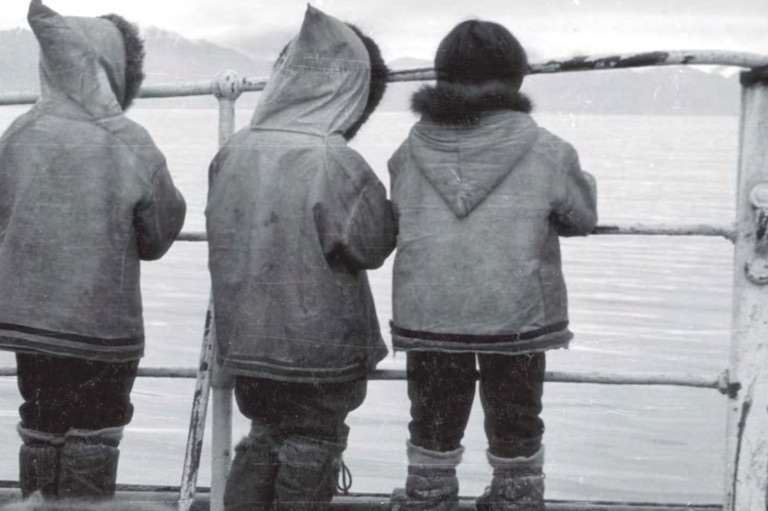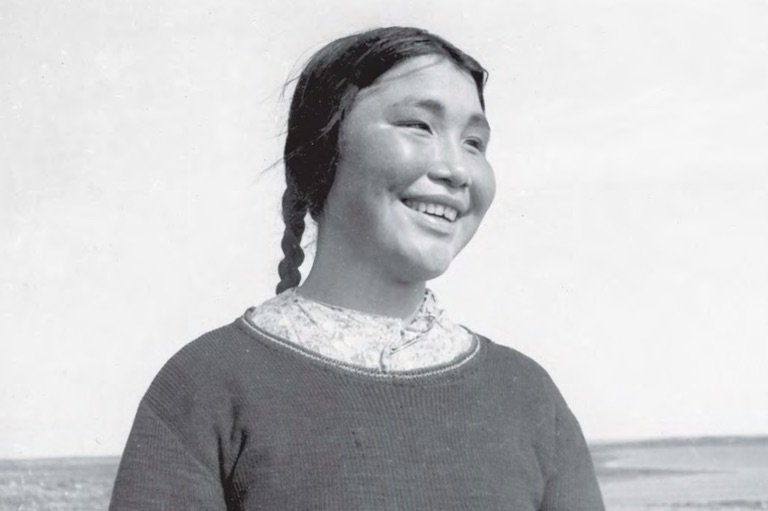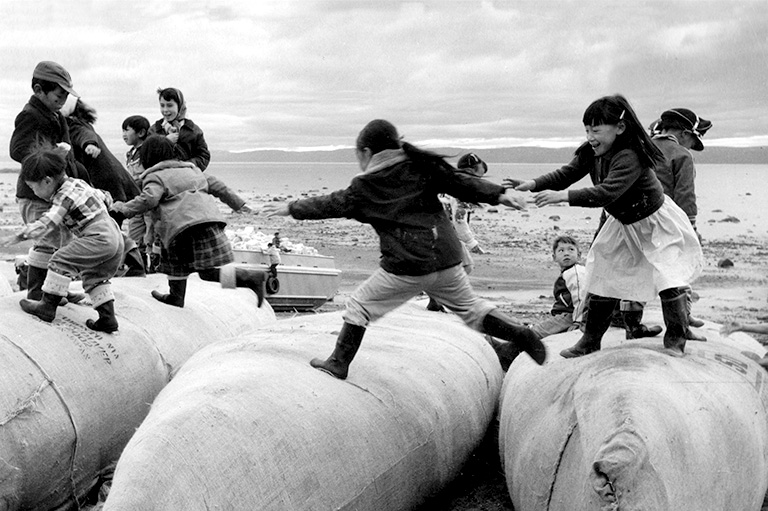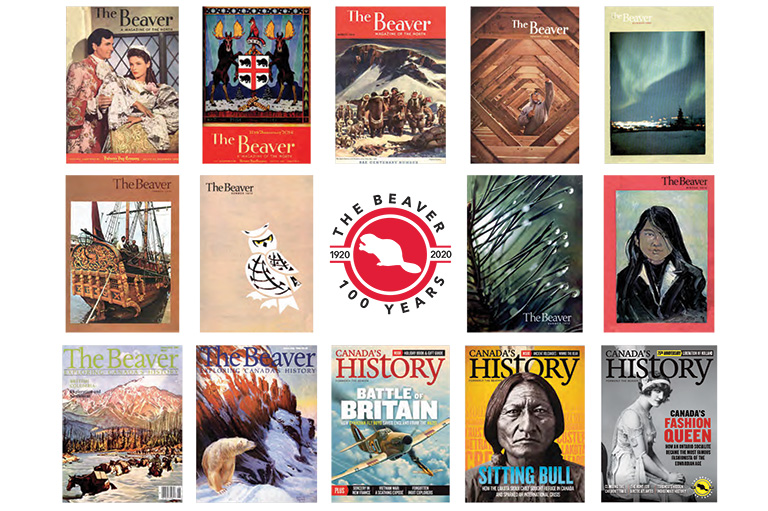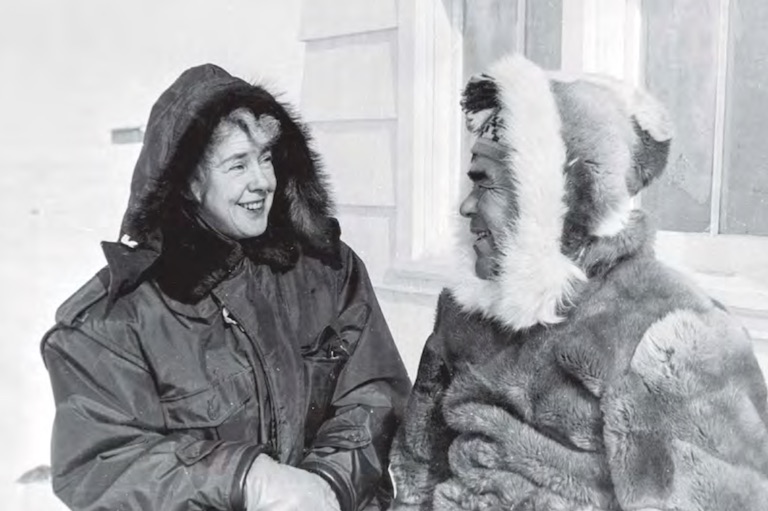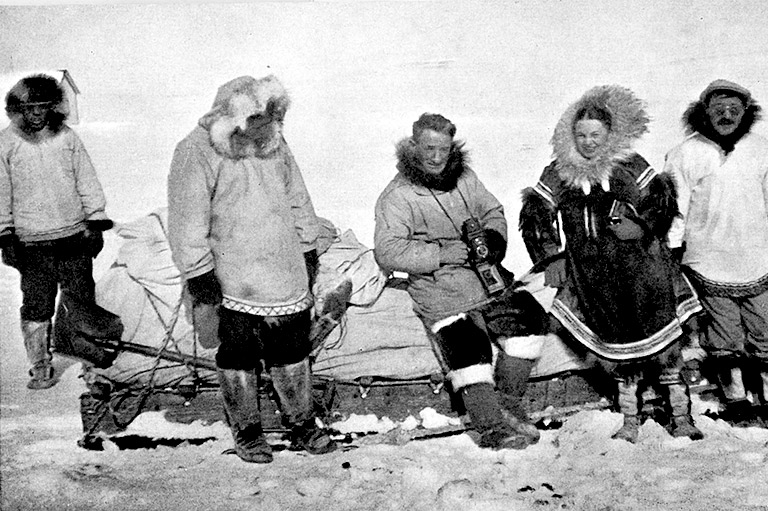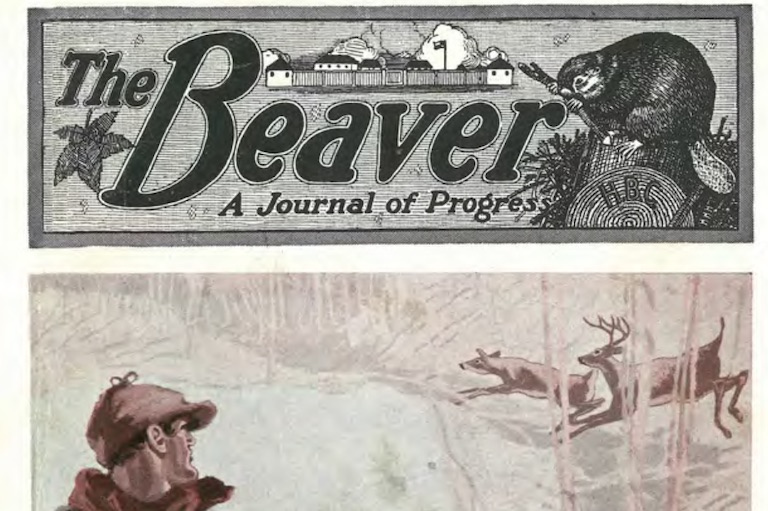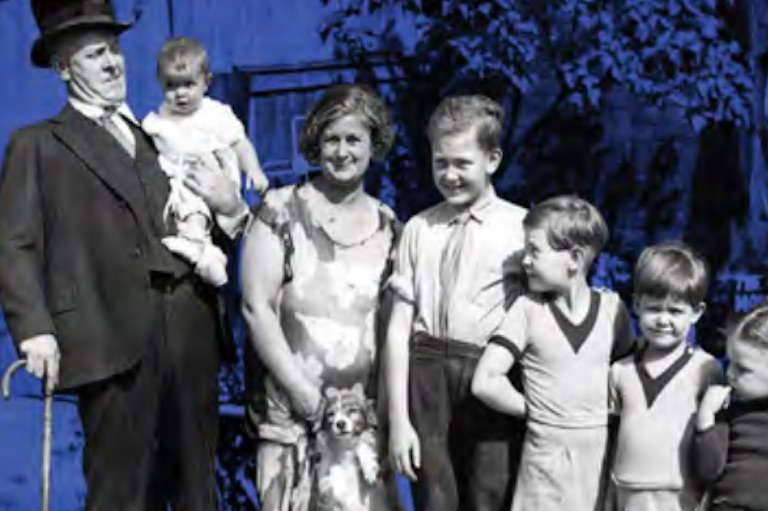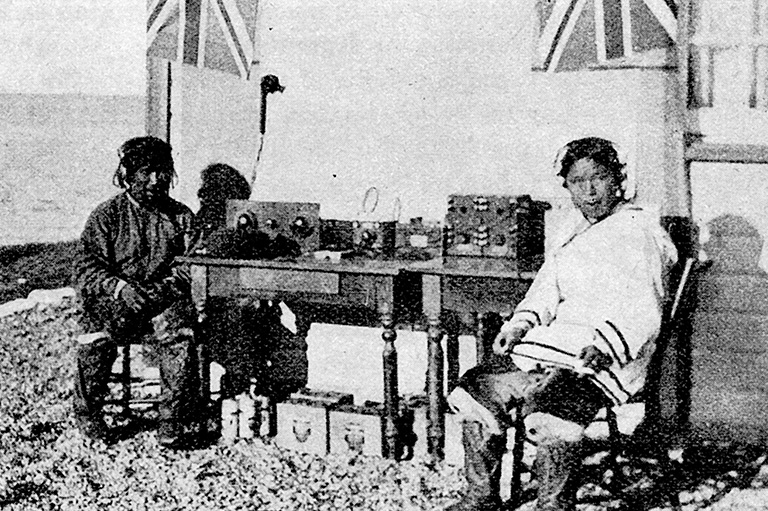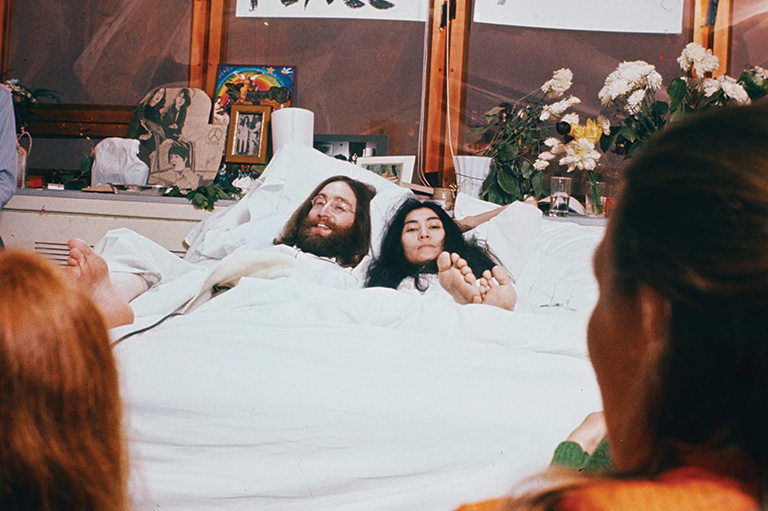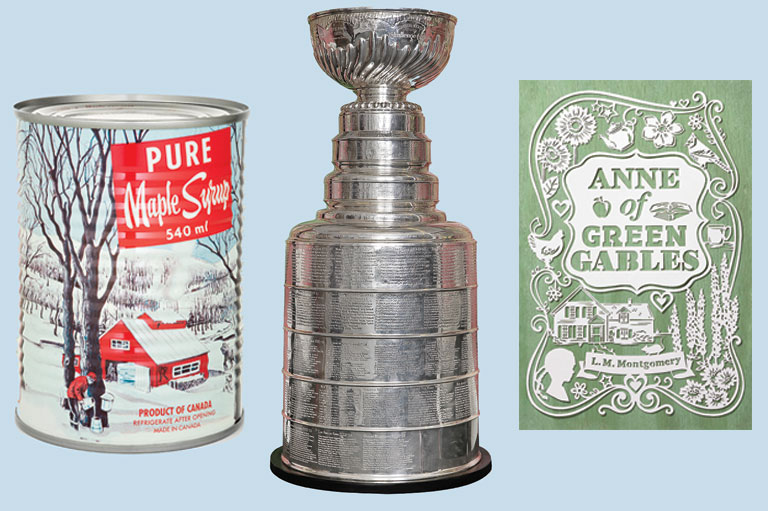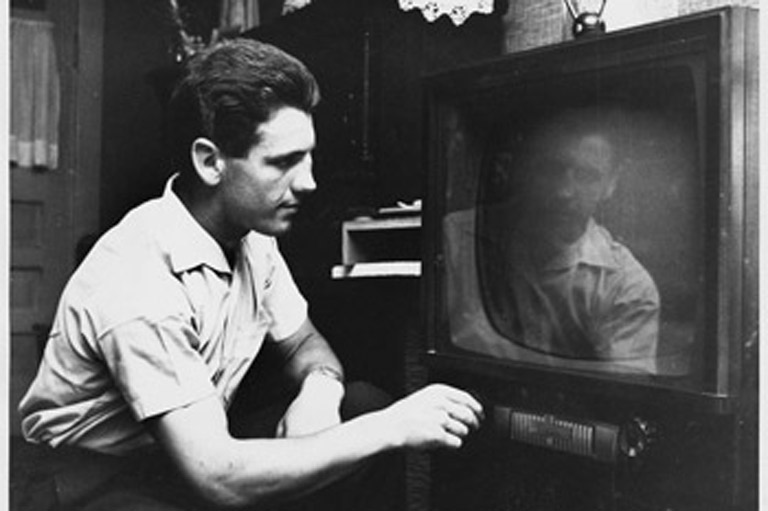Beaver Bites
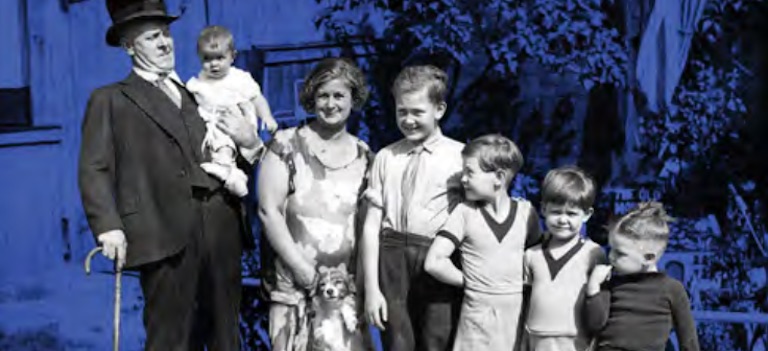
Full house
Current hit reality shows like 19 Kids and Counting and OutDaughtered have shown that there is plenty of public interest in parents with a lot of children. A flip through the pages of The Beaver magazine, however, shows that even back in the 1920s readers believed that a big family was something to be celebrated.
In the March 1927 issue of The Beaver, the “Who Has The Largest Family” contest asked any mother “whose husband is in the service of the Hudson’s Bay Company” to send in a photo to prove that she had the biggest brood.
Mrs. James H. Galbraith of Vancouver and her husband, along with their nine children, won the contest. In addition to fame and glory, the family was handsomely rewarded with a ten-dollar cheque.
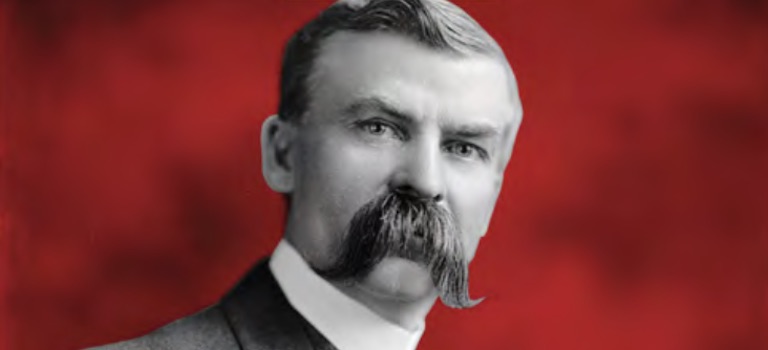
Moustache emergency
In 1920, HBC staff members began to notice more and more of their colleagues walking around clean-shaven. In response, they decided to call an emergency meeting of the “Anniversary Moustache League.”
A column in the November 1920 issue of The Beaver states that the league had called the meeting because “the committee views with alarm the growing prevalence of shaven upper lips.” It promised that “ways and means to rectify this condition will be discussed.”
Thankfully, the prickly situation was quickly rectified. In the January 1921 issue, the magazine announced that there had been “progress,” with at least twenty additional moustaches added by HBC employees since the emergency meeting had been called.
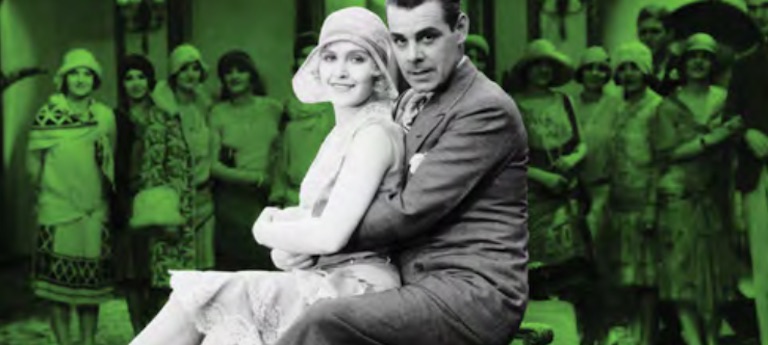
Dancing machine
When word arose of an HBC employee eagerly polishing his dancing shoes, the editors of The Beaver decided to poke a little fun at his expense.
In the January 1921 issue, the magazine reported on a “rumour” circulating that Mr. McDonald from accounting had become an expert dancer and was ready to share his talents with the world. McDonald, the column said, was preparing to teach three ladies who worked at the HBC “the fine points in dancing.”
The Beaver’s editors didn’t have much confidence in McDonald’s dance moves — the column ended by stating, “Nice for Mac, but kind of tough on the ladies.” Ouch!
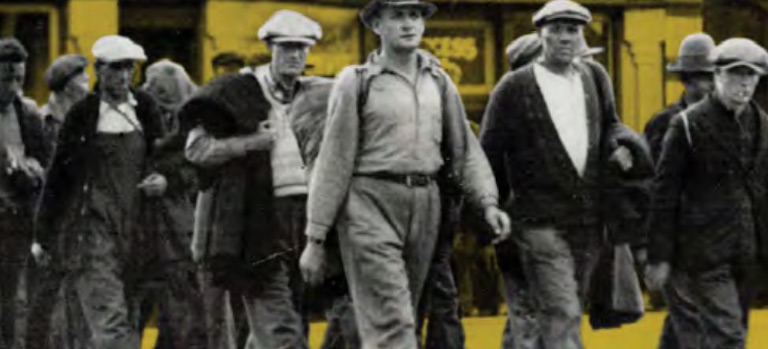
Generation gap
“Young people today don’t want to work.” It’s a common refrain aimed at today’s millennial generation. But even in the 1930s, The Beaver was questioning whether young people just wanted to coast through life.
The column “Youth Is Not a Profession,” which appeared in the June 1931 issue of the magazine, warned young people that they wouldn’t find success simply because of their youth. “Economic payments are given for economic service, and youth, for all its charm, is not in itself an economic qualification,” the column stated. The writer went on to say that youth is not an asset if it comes with traits like “discontent, slackness, indifference, and instability.”
With 7 uniquely curated newsletters to choose from, we have something for everyone.
We hope you’ll help us continue to share fascinating stories about Canada’s past by making a donation to Canada’s History Society today.
We highlight our nation’s diverse past by telling stories that illuminate the people, places, and events that unite us as Canadians, and by making those stories accessible to everyone through our free online content.
We are a registered charity that depends on contributions from readers like you to share inspiring and informative stories with students and citizens of all ages — award-winning stories written by Canada’s top historians, authors, journalists, and history enthusiasts.
Any amount helps, or better yet, start a monthly donation today. Your support makes all the difference. Thank you!
Themes associated with this article
Advertisement
100 Years with The Beaver
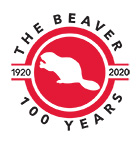
The Editor's Circle was founded in 2020 to celebrate the 100th anniversary of Canada’s History-The Beaver magazine. Gifts from patrons and supporters of $500 or more will be recognized annually.

Canada’s History Archive, featuring The Beaver, is now available for your browsing and searching pleasure!

